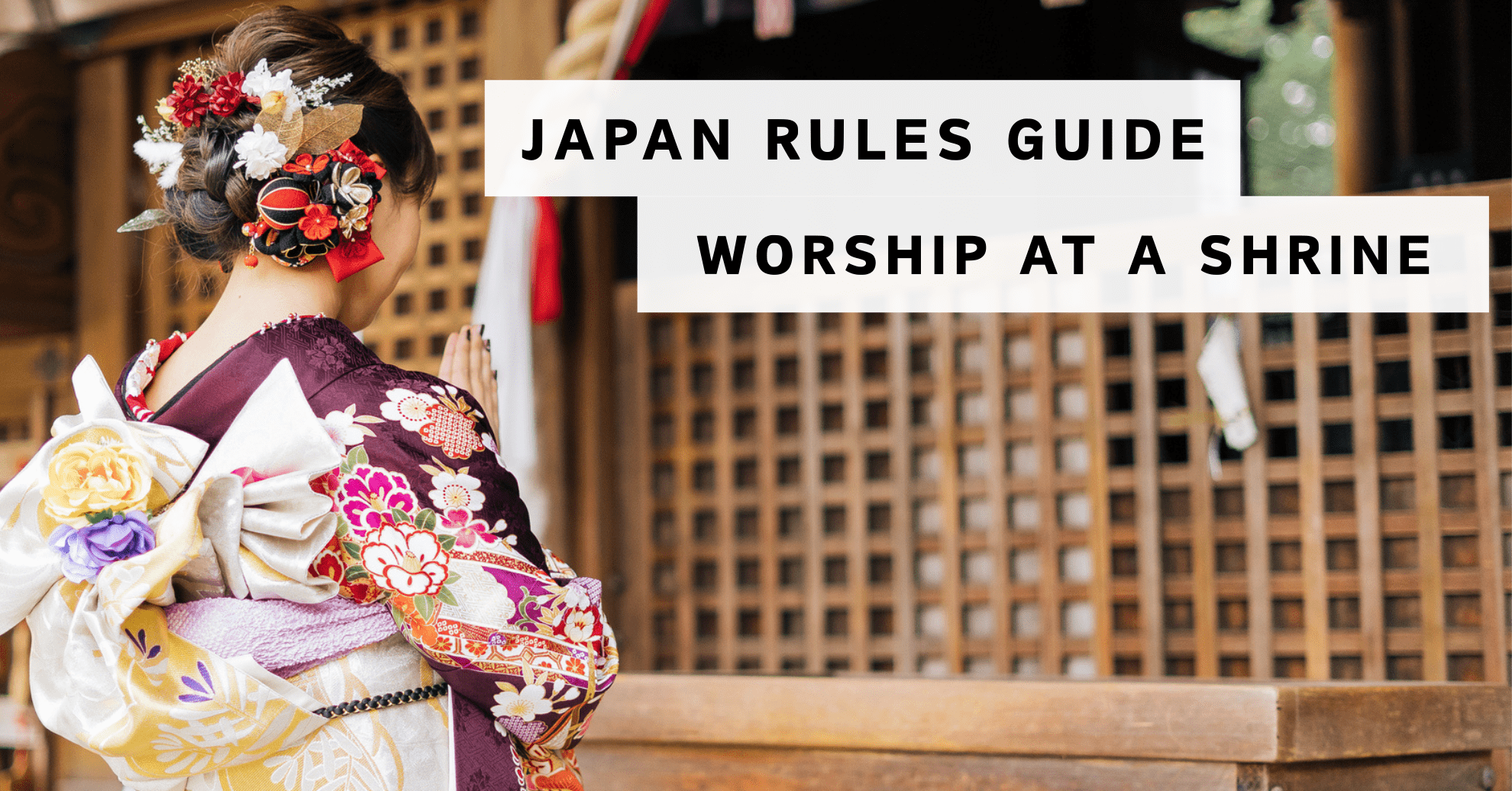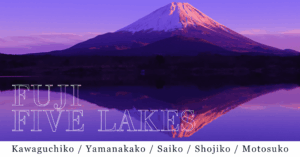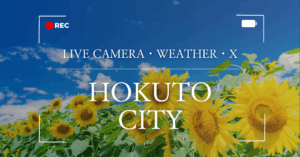Shrines in Japan are sacred sites rooted in Shinto, the country’s traditional belief system. They have long been places where people show reverence and offer prayers to unseen spiritual forces, forming an essential part of daily life in Japan.
At the core of Shinto lies the concept of animism—the belief that spirits dwell in all elements of nature, including trees, stones, water, animals, and plants. This idea is often expressed as “Yaoyorozu no Kami” (Eight Million Gods), signifying that divinity can be found in everything, from nature’s spirits to the souls of ancestors and even revered historical figures.
Visiting shrines has become a custom for various occasions, such as praying for success in exams or work, safe childbirth, or protection from misfortune. Many also visit during Hatsumode (New Year’s first shrine visit) to express gratitude and seek blessings for the year ahead. These traditions reflect the spiritual mindset of Japanese culture, where people maintain a close connection with the divine.
In recent years, shrines have also gained attention as power spots, attracting visitors who enjoy collecting Goshuin (shrine stamps). Famous shrines such as Ise Jingu in Mie Prefecture and Itsukushima Shrine in Hiroshima are not only sacred places but also well-known sightseeing destinations.
In Yamanashi Prefecture, where Mt. Fuji stands as a symbol of Japan, there are several shrines believed to hold particularly strong spiritual power. Among them, Kawaguchi Asama Shrine is especially popular, known for its deep ties to Mt. Fuji worship, its rich natural setting, and its profoundly spiritual atmosphere.
Yet, for many travelers, visiting a shrine raises a common question: “How do I pray properly?” Knowing the correct etiquette allows you to connect more deeply with the deities and enrich your cultural experience.
In this article, we’ll introduce the proper steps of shrine worship and highlight ways to enjoy your visit even more.
[Before Visiting] What to Wear When Visiting a Shrine
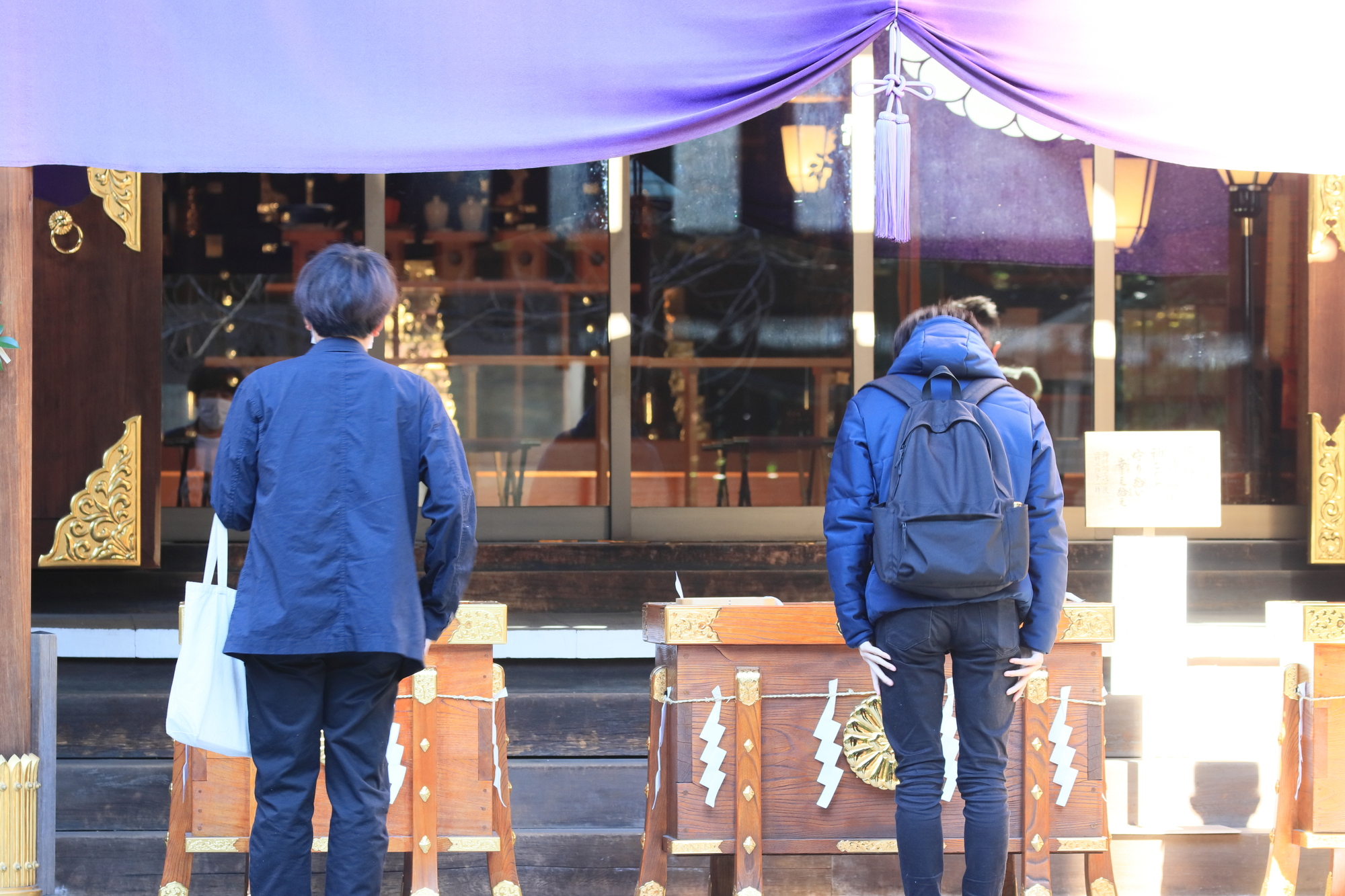
There are no strict dress codes for visiting a Shinto shrine, but it is important to remember that you are entering a sacred space. While casual clothing is generally acceptable, it is best to choose something clean, neat, and respectful—such as a suit or the nicest clothes you own.
As a rule of etiquette, avoid clothing that appears too casual or inappropriate, such as torn garments, tracksuits, or beach sandals. Since shrine visits are considered an act of showing respect to the deities, your appearance should reflect that sense of reverence.
Many shrines are located in natural settings—surrounded by forests, rivers, or even in the mountains. Because visiting often involves walking, wearing comfortable clothing and shoes suitable for walking is highly recommended.
In addition, there are two essential items to bring when visiting a shrine:
- Handkerchief: Used to dry your hands after purification at the temizuya (water pavilion).
- Coins: Prepared for making offerings at the shrine, allowing for smooth and respectful worship.
These two items are considered must-haves for shrine visits, and in the next section we’ll explain in more detail why they are so important.
[Worship] Torii Gate & Approach Path
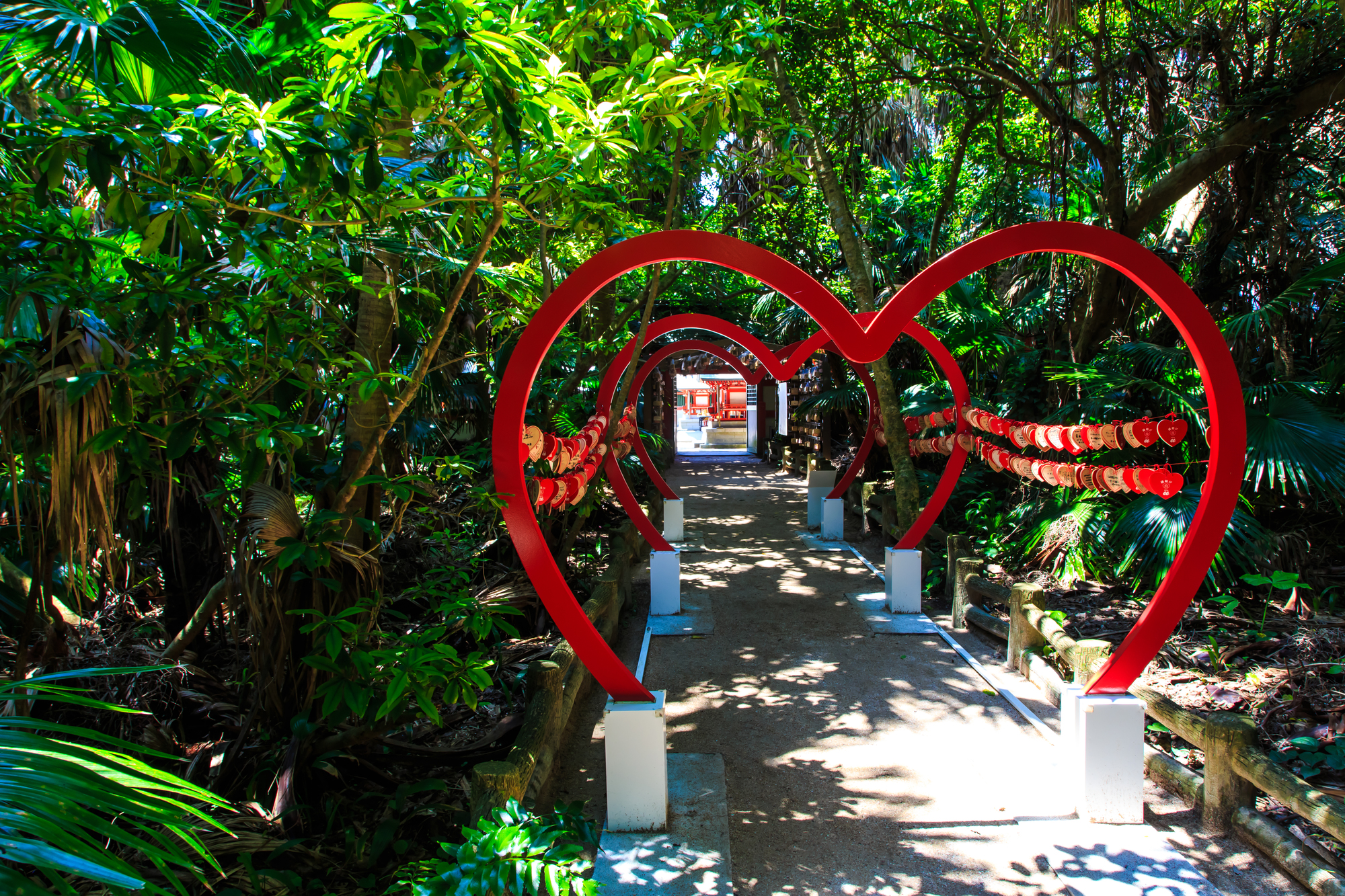
When you arrive at a Shinto shrine, the first thing you’ll notice is the torii gate. This gate marks the entrance to the sacred grounds. As a basic rule of shrine etiquette, it is customary to bow once toward the shrine before passing through the torii.
Beyond the gate, you’ll find the sando (approach path) leading up to the main hall. The center of this path is considered the passageway of the deities, so visitors should avoid walking in the middle. Instead, walk respectfully on the left or right side.
If you must cross through the center due to circumstances, show your respect by slightly bowing your head as you walk. This small gesture reflects your awareness of the sacred space and your reverence toward the kami (deities).
[Worship] Purification at the Temizuya (Water Pavilion)
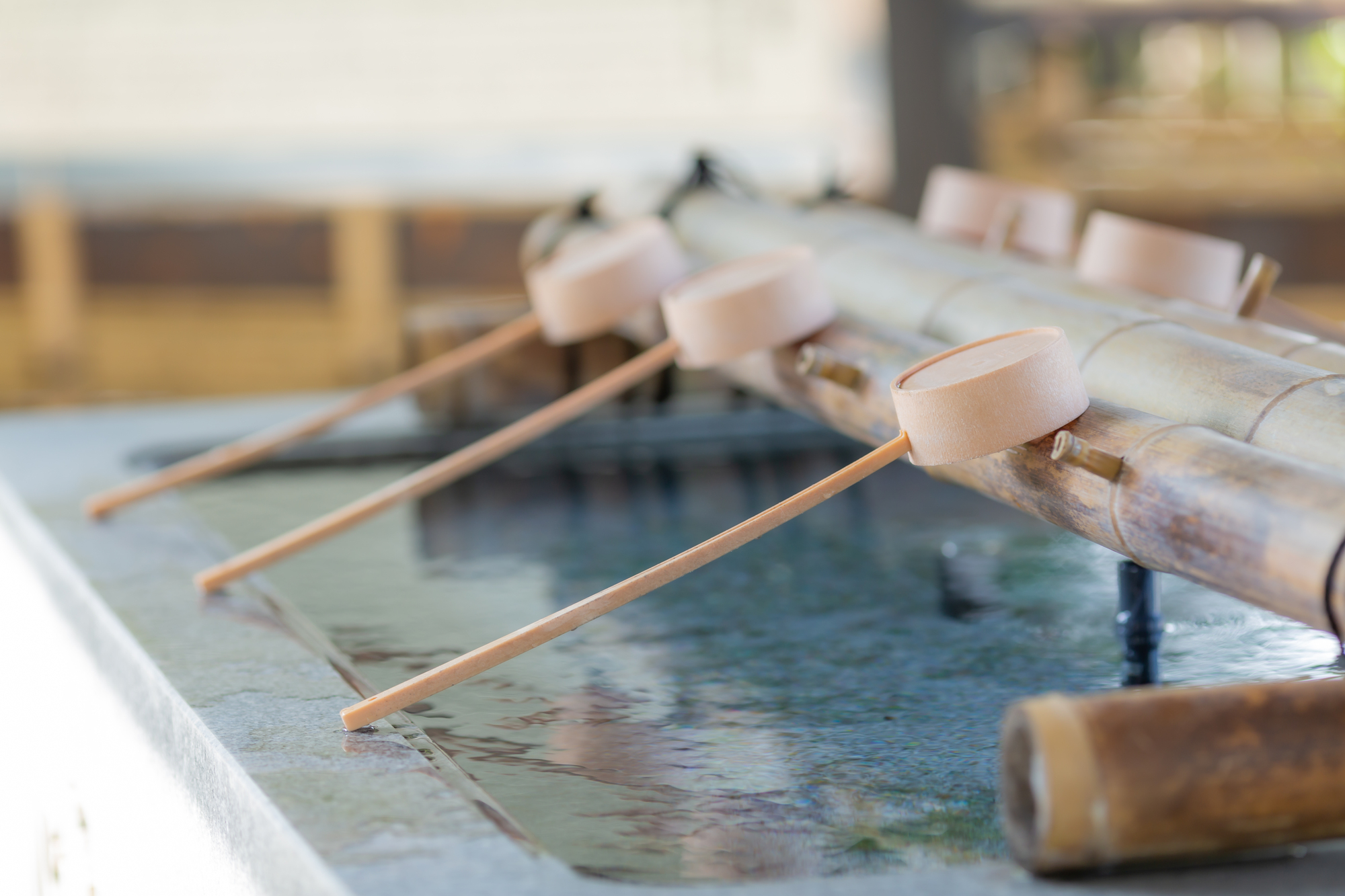
Before offering prayers at a Shinto shrine, visitors perform temizu, a ritual purification of the hands and mouth. This act symbolizes cleansing oneself before approaching the deities.
- Prepare your handkerchief and bow lightly in front of the temizuya.
- Take the ladle with your right hand and scoop water. Wash your left hand first.
- Switch the ladle to your left hand and wash your right hand.
- Hold the ladle in your right hand again, pour water into your left palm, and rinse your mouth with that water (do not drink directly from the ladle).
- Wash your left hand once more.
- Hold the ladle vertically with both hands so that the remaining water runs down the handle, cleansing it, then place it back neatly.
- Use your handkerchief to dry your hands and mouth, then bow lightly to finish.
In recent years, some shrines have introduced running water purification stations, especially after COVID-19. The procedure is simple:
- Prepare your handkerchief and bow lightly in front of the station.
- Wash both hands under running water.
- Gather water in your hands and rinse your mouth.
- Wash your hands once more.
- Dry your hands and mouth with your handkerchief, then bow lightly to complete the ritual.
For a visual guide, you can watch this demonstration video:
[Worship] How to Pray at the Main Hall
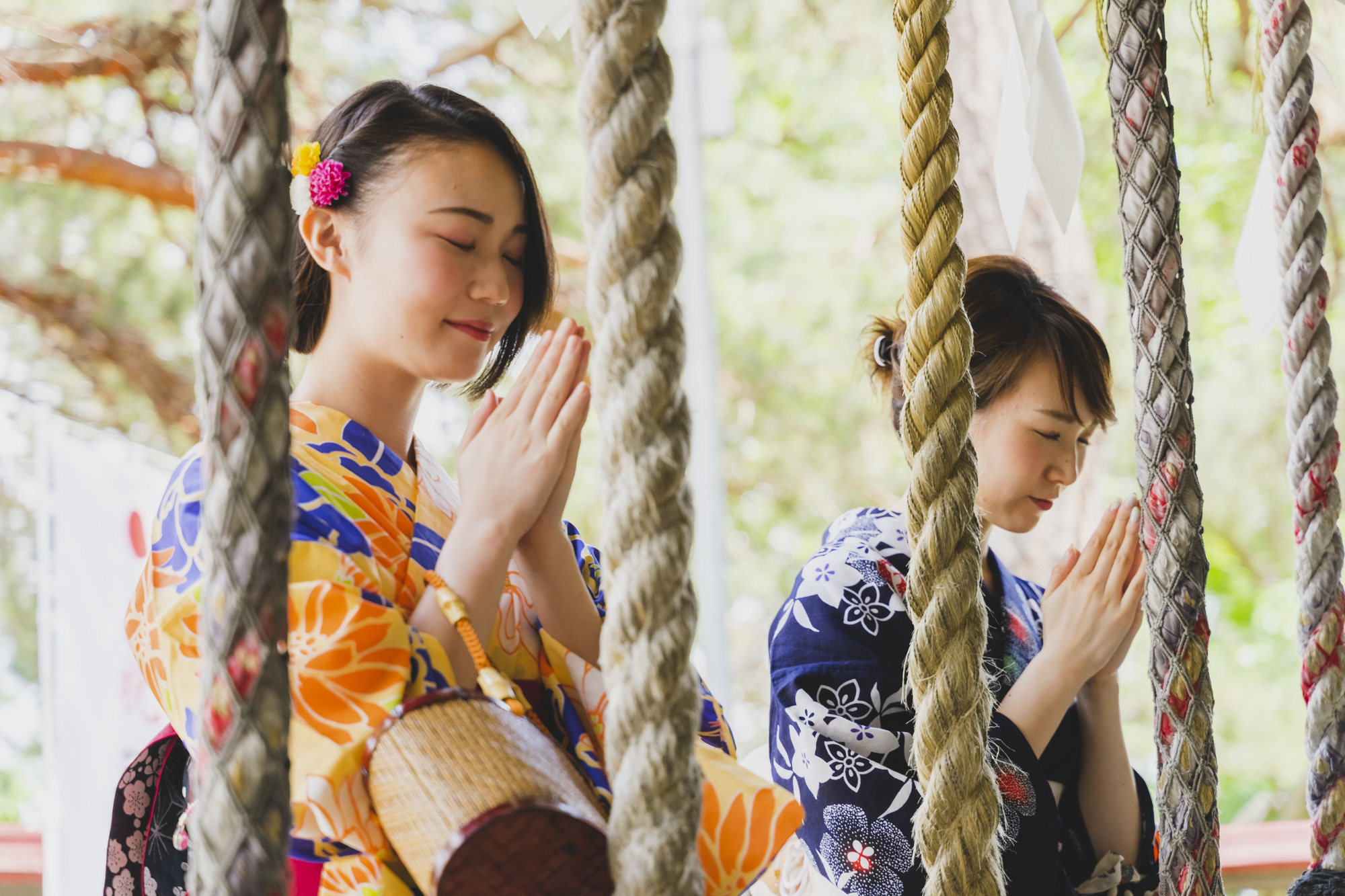
When you reach the main hall of a Shinto shrine, you’ll find the offering box (saisen-bako). Here is the proper way to worship respectfully:
- Lightly bow before approaching the offering box.
- Place your coin offering quietly into the box. There is no set amount, but many people choose a 5-yen coin, as its pronunciation “go-en” is a wordplay on “good connection” or “good fortune.”
- If the shrine has bells, ring the bell to announce your presence to the kami (deities).
- Perform the ritual known as “Two Bows, Two Claps, One Bow.”
- Bow deeply twice.
- Bring your hands together at chest height, slide your right hand slightly back, and clap twice, spreading your hands about shoulder-width apart.
- Keep your hands together, close your eyes briefly, and make your prayer.
- Lower your hands and finish with one final deep bow.
For a visual demonstration, watch this helpful video:
[After Worship] Goshuin, Omamori & Omikuji
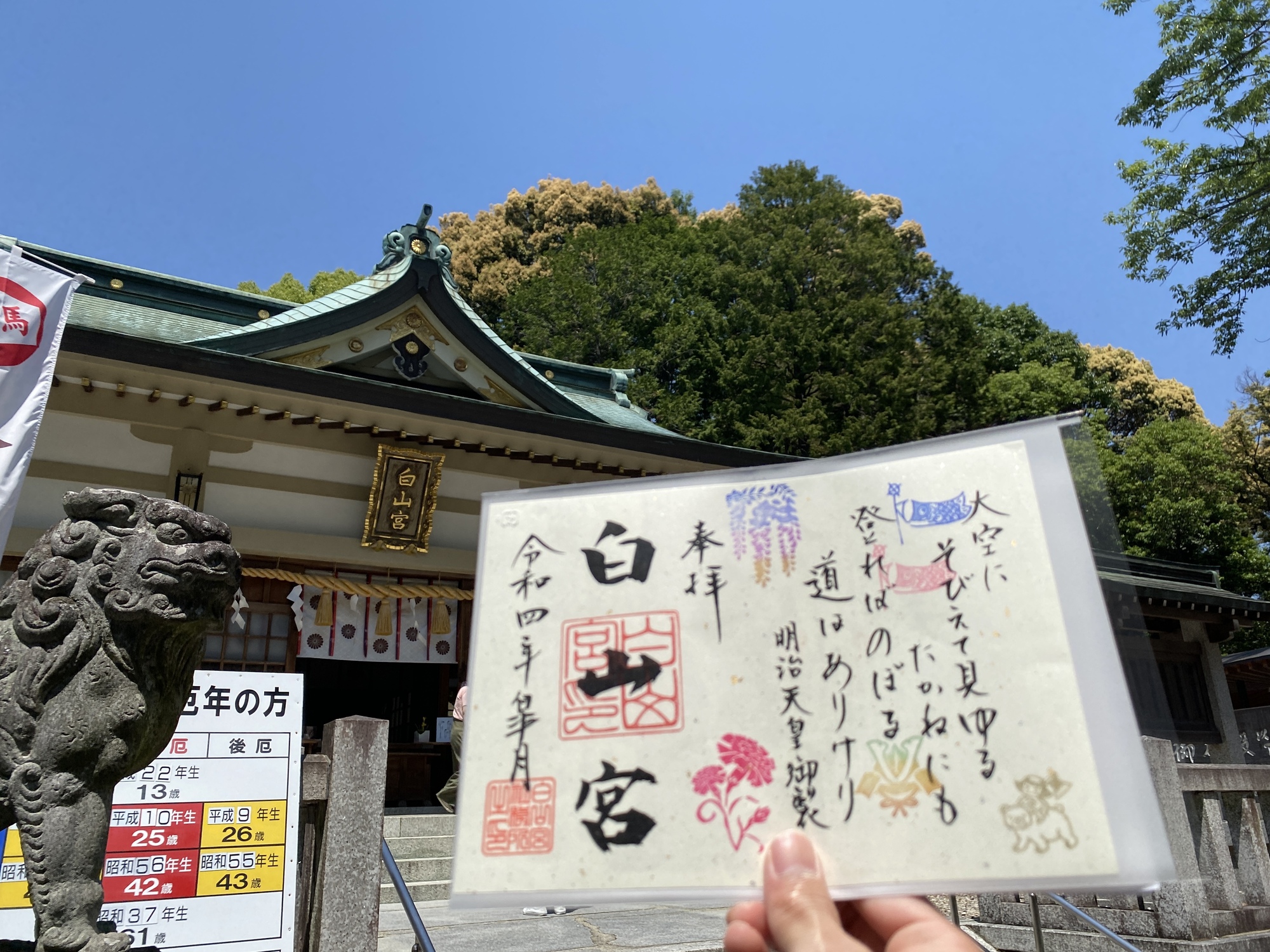
After offering prayers, many visitors like to receive a Goshuin—a sacred calligraphic seal that serves as proof of their visit. Goshuin are written directly into a goshuin-cho (stamp book), which is considered proper etiquette. Avoid requesting one in a notebook or loose paper, as it is treated as a sacred record.
Shrines also offer Omikuji (fortune slips), a fun way to test your luck. The results range from great blessing (daikichi) to great curse (daikyo), with various levels in between.
You can either take your omikuji home to reflect on it later, or tie it to a designated rack or tree within the shrine grounds, symbolically leaving your wish in the care of the kami (deities). Omikuji provide advice not only on general fortune but also on aspects like wealth, health, and love, making them a meaningful guide for everyday life.
Another popular option is purchasing an Omamori (protective charm). These charms come in many varieties, such as for family safety, traffic safety, academic success, or good health. They are not only spiritually significant but also make cherished souvenirs for friends and family.
By collecting a Goshuin, drawing an Omikuji, or carrying an Omamori, you can extend the blessings of your shrine visit and make the experience even more fulfilling.
[+α] What’s the Difference Between Shrines and Temples?
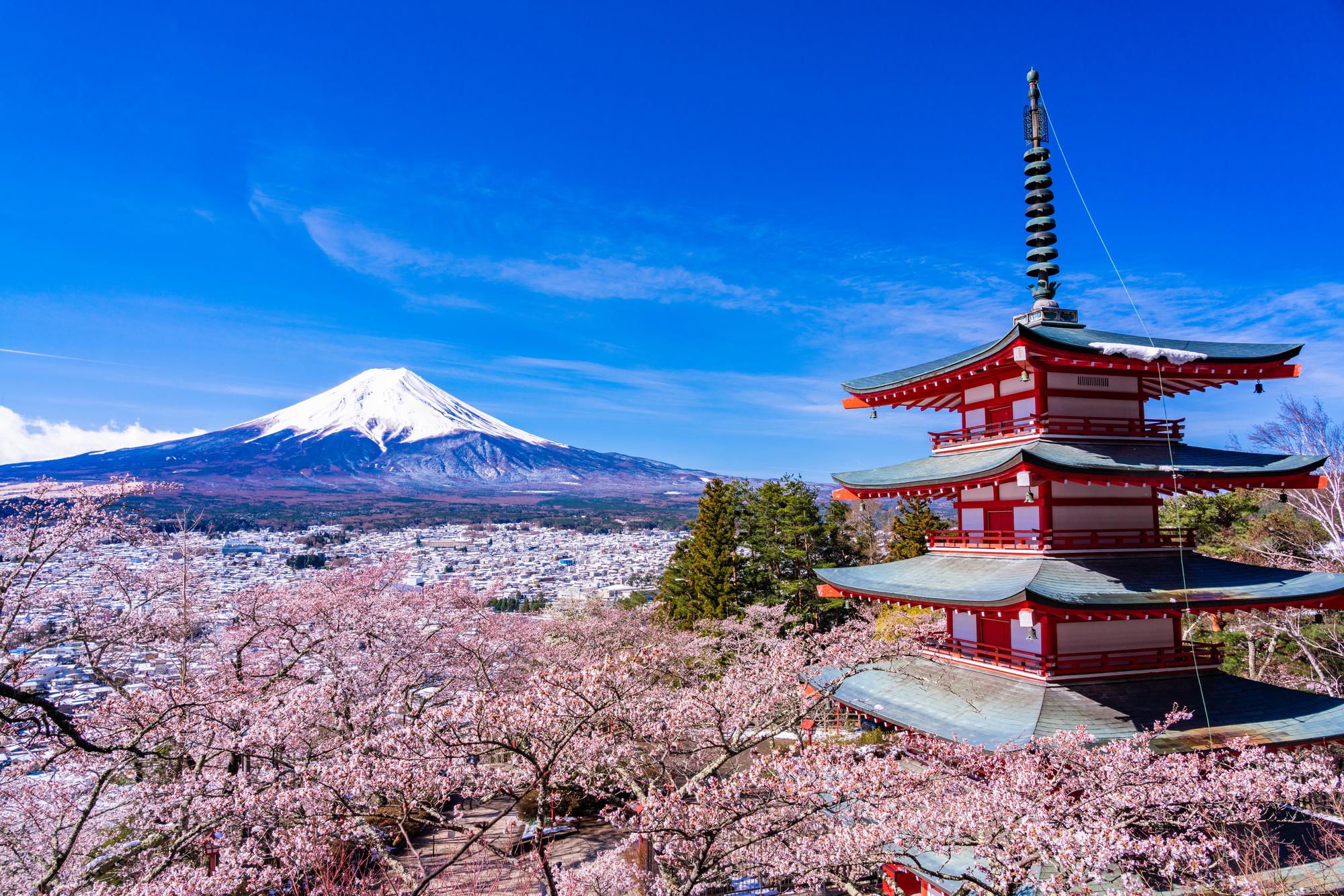
In addition to shrines, Japan is also home to countless Buddhist temples. Famous examples include Kiyomizu-dera and Kinkaku-ji (Golden Pavilion) in Kyoto, both iconic landmarks known around the world.
The key difference lies in the religions they represent.
- Shrines are sacred spaces of Shinto, Japan’s indigenous faith.
- Temples are religious facilities based on Buddhism, a faith that originated in India with Shakyamuni (the Buddha), then spread through China before reaching Japan.
Temples serve as places where Buddhist monks perform rituals, hold ceremonies, and dedicate themselves to spiritual training. They are the center of Buddhist practice and community life.
Yamanashi Prefecture is also home to historic temples, including Kuon-ji Temple on Mount Minobu in Minobu Town, Minamikoma District. This temple is famous not only for its deep history but also for housing valuable cultural assets, such as the National Treasure “Summer Landscape Scroll on Silk.”
By understanding the difference between Shinto shrines and Buddhist temples, visitors can gain a deeper appreciation of Japan’s unique blend of spiritual traditions and cultural heritage.
Takeda Shrine in Yamanashi | A Power Spot Honoring Japan’s Legendary Warlord Shingen Takeda
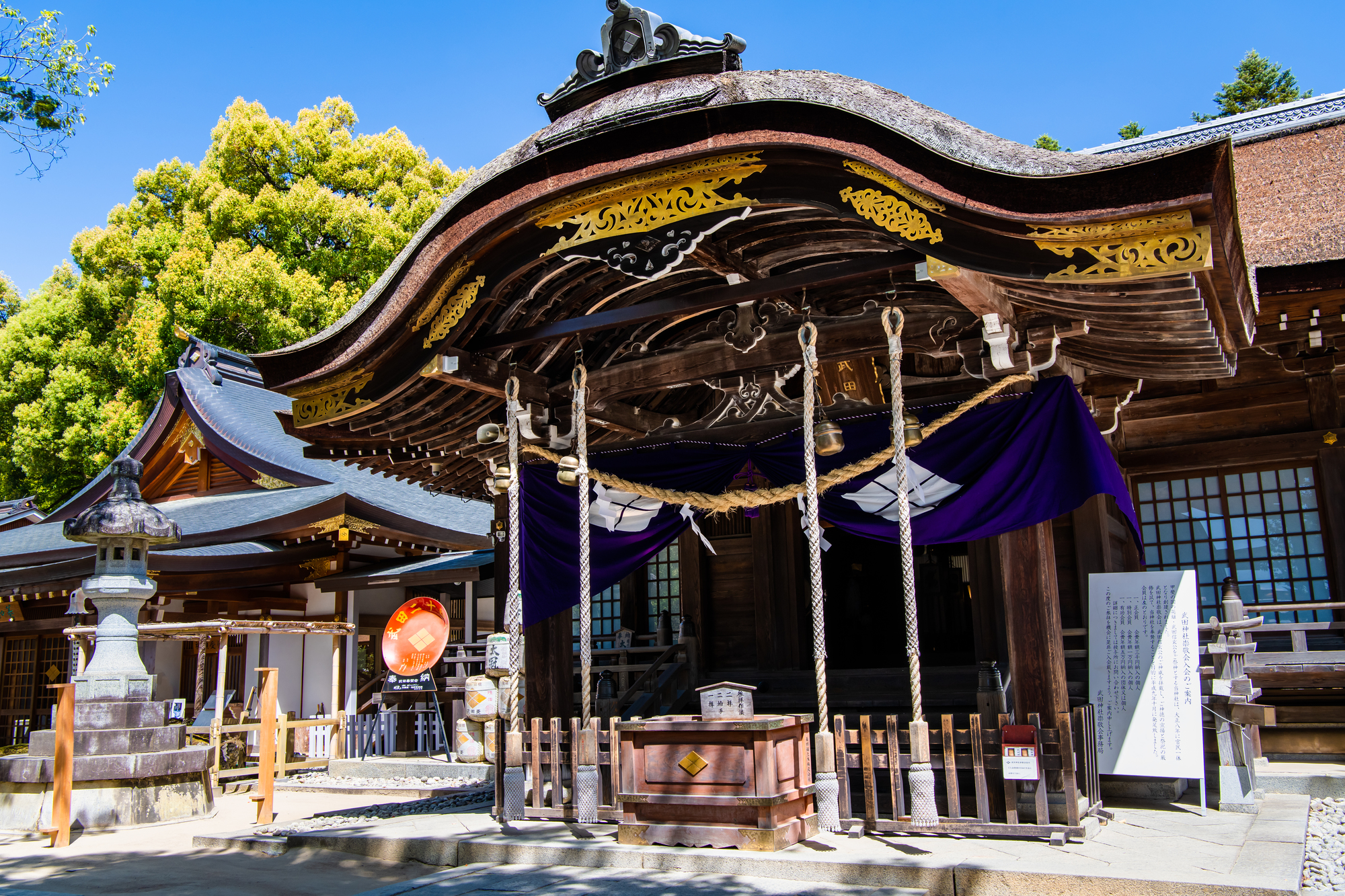
Located in Kofu City, Yamanashi Prefecture, Takeda Shrine enshrines Shingen Takeda, one of the most powerful and respected warlords of Japan’s Sengoku (Warring States) period.
Today, the shrine attracts countless worshippers and tourists from both Japan and abroad. It is especially renowned as a power spot for good fortune, victory, and protection against misfortune.
One of the most popular items at the shrine is the “Tsuyomamori” (Strong Amulet), believed to bring strength, luck in competitions, and protection from evil—drawing visitors who wish to share in the legendary fortune of Shingen Takeda.
Takeda Shrine is not only a meaningful destination for history enthusiasts but also a favorite among those who enjoy spiritual power spot tours and Goshuin stamp collecting. When traveling in Yamanashi, this is truly a shrine worth visiting.
【Takeda Shrine】
| Address | 2611 Kokubocho, Kofu City, Yamanashi 400-0014 |
|---|---|
| Phone | 055-252-2609 |
| Business hours | 8:30〜16:30 |
| Closed | – |
| Website | http://www.takedajinja.or.jp/index.html |
Summary
In this article, we introduced the basic etiquette and proper way to worship at Shinto shrines.
The true charm of a shrine visit lies not only in refreshing your spirit or boosting your luck, but also in the variety of experiences you can enjoy afterward—such as collecting Goshuin (shrine stamps), drawing Omikuji (fortune slips), or purchasing Omamori (protective charms).
With its breathtaking natural scenery centered around Mt. Fuji and its many sacred shrines, Yamanashi Prefecture is an ideal destination for anyone interested in power spot tours. If you enjoy exploring spiritual sites, be sure to include Yamanashi’s shrines along with your Mt. Fuji journey.
Recommended for You! Featured Articles You May Also Like
-

A Guide to Enjoying Shrine Visits in Japan | Basic Rules and Proper Way to Pray
-


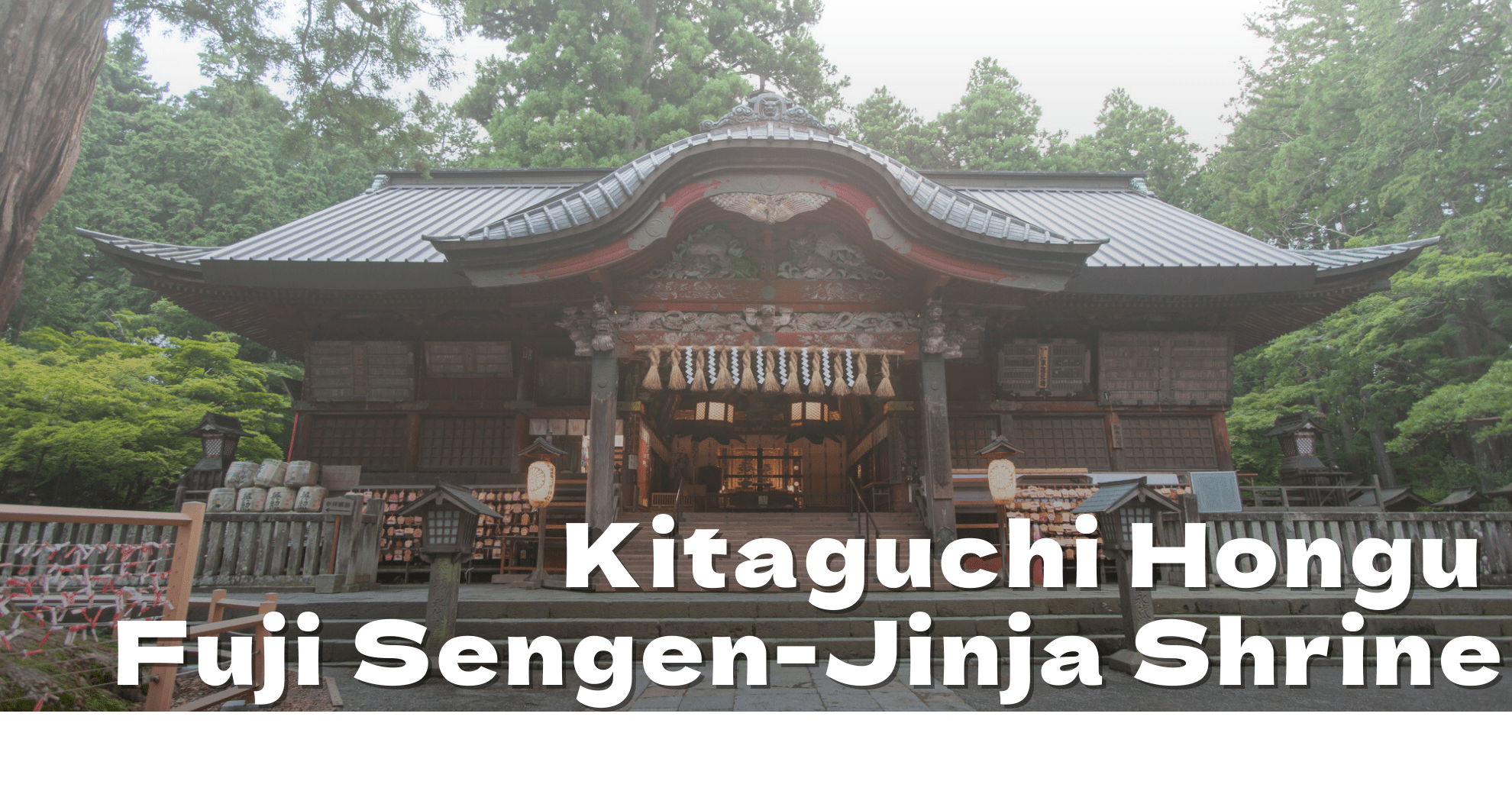
Kitaguchi Hongu Fuji Sengen Shrine: A Sacred Center of Mt. Fuji Faith
-


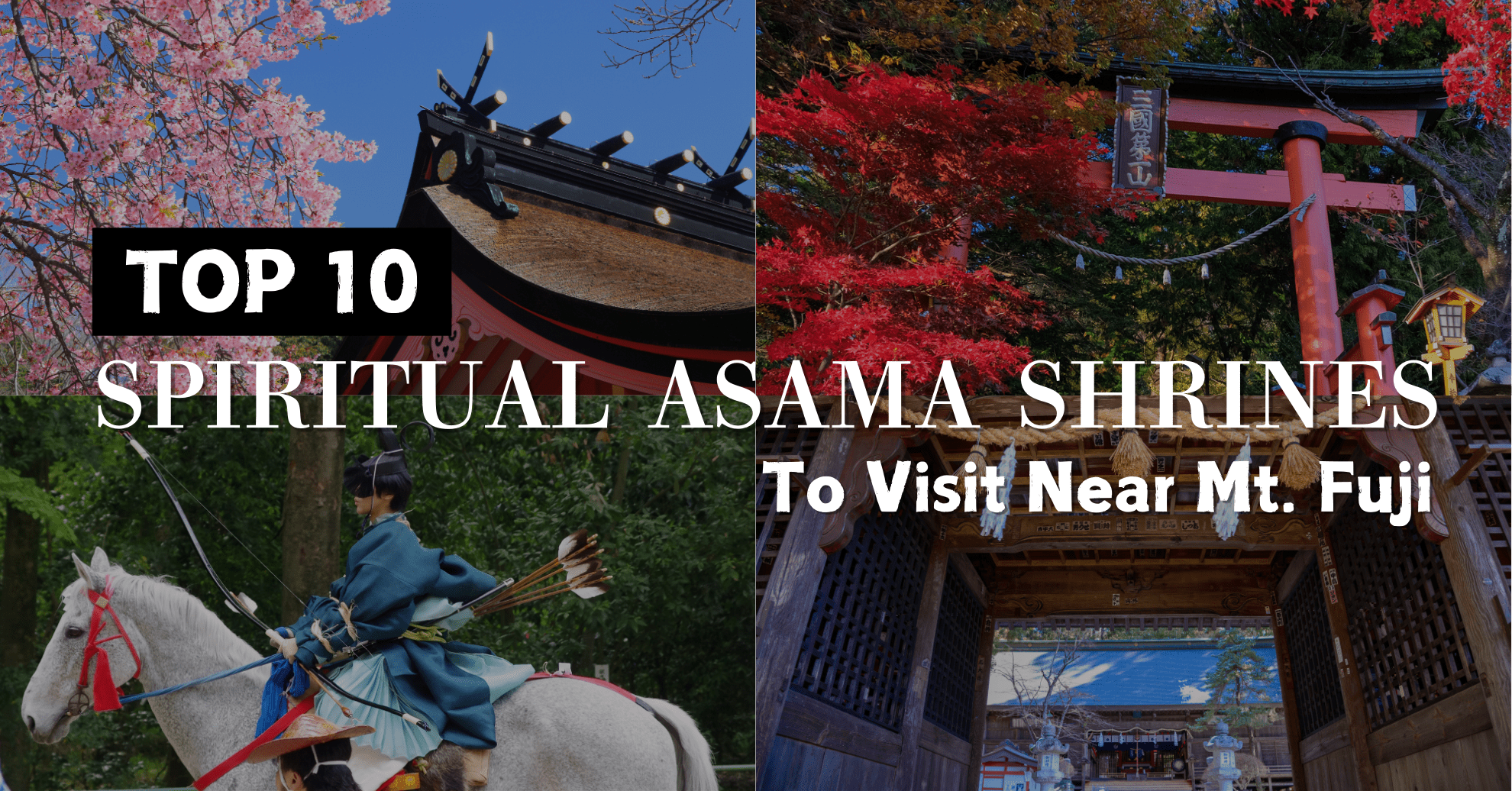
The Ultimate Power Spots Around Mt. Fuji: 10 Must-Visit Asama Shrines in Yamanashi
-



Complete Guide to “Diamond Fuji” | Basic Info, Best Photo Spots & Scenic Hotels
-


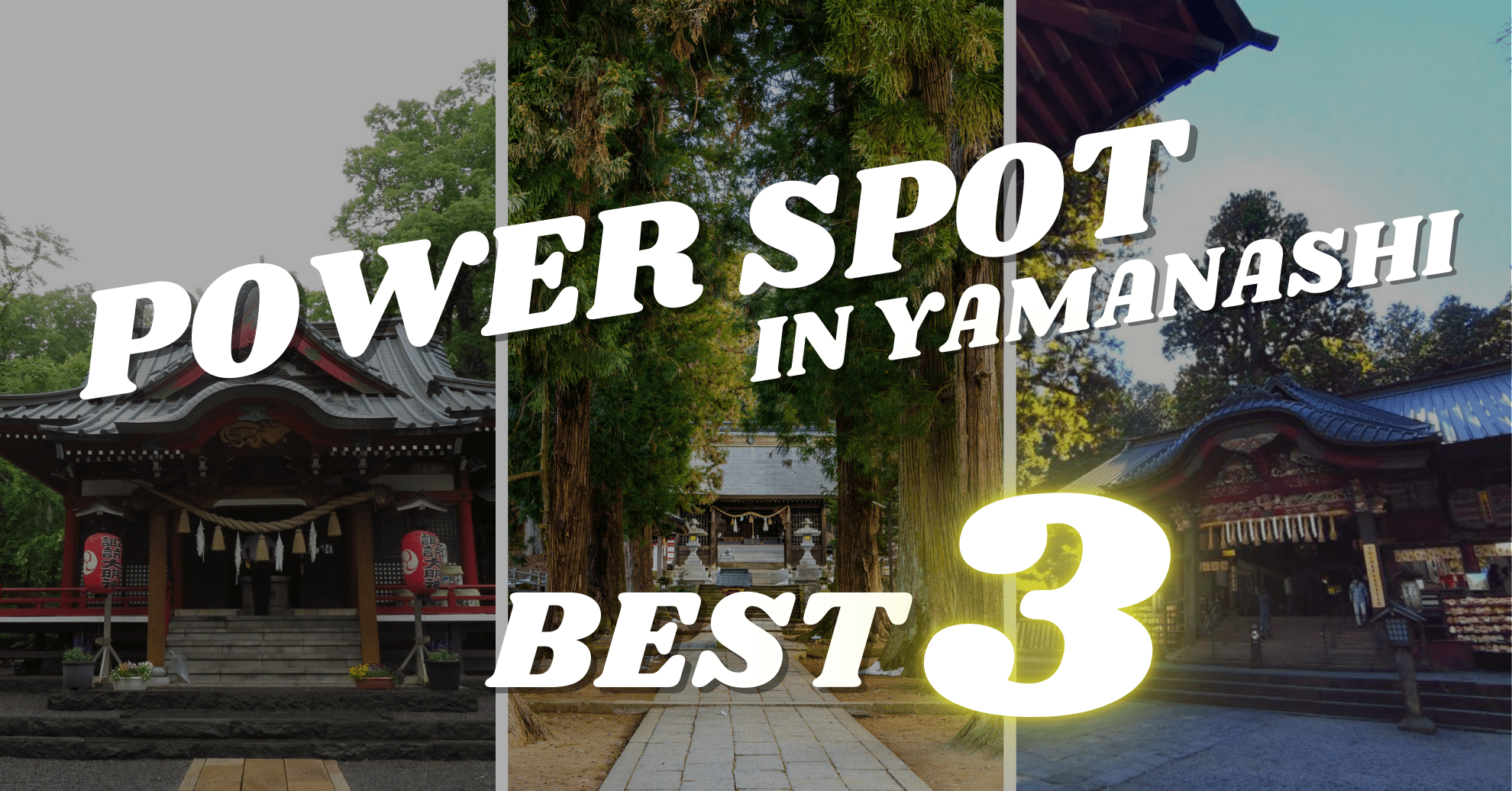
Sacred Mt. Fuji — 3 Must-Visit Spiritual Power Spots in Yamanashi!
-


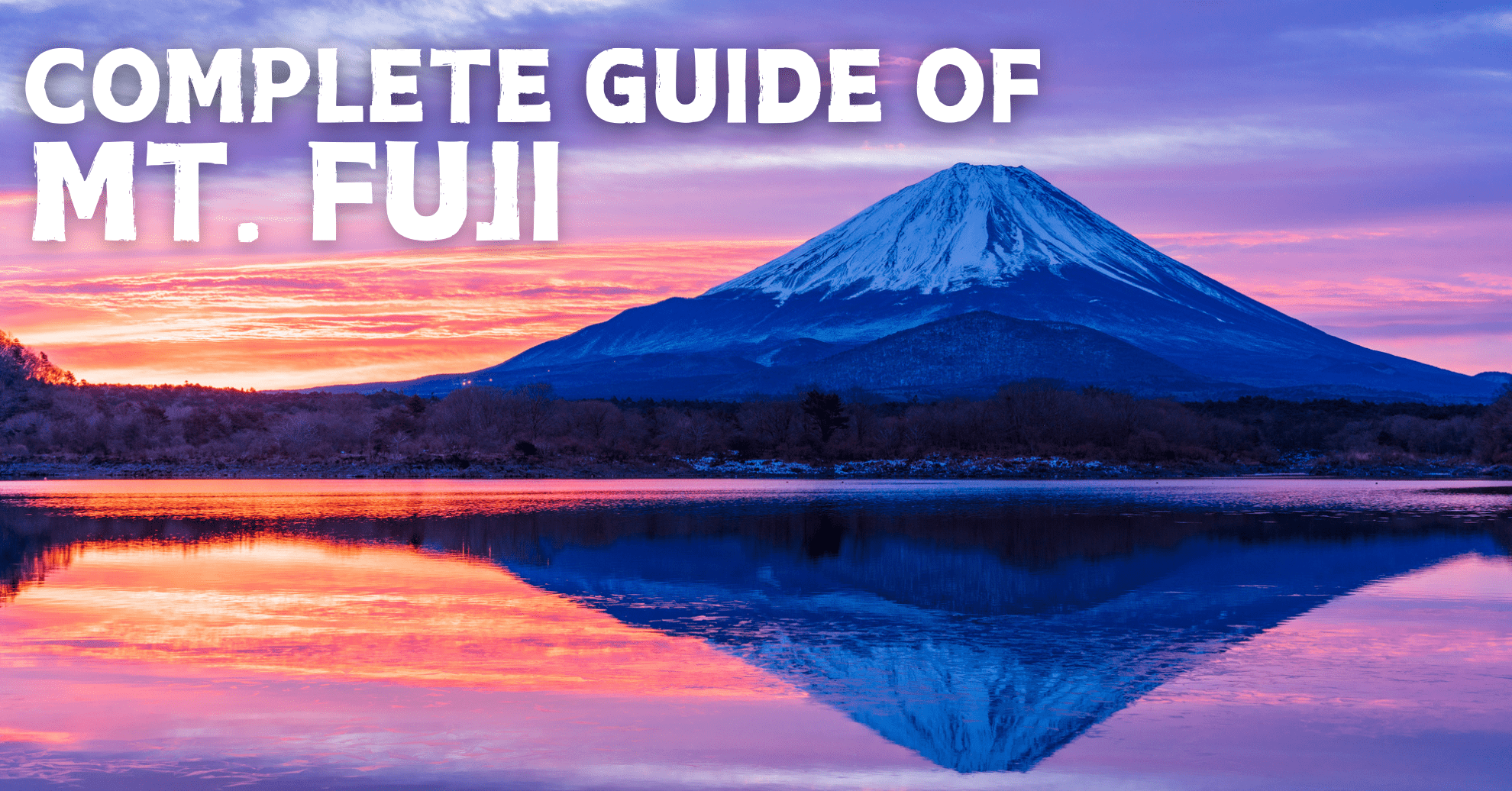
The Ultimate Guide to Mt. Fuji: From Essential Facts to the Best Viewing Spots

